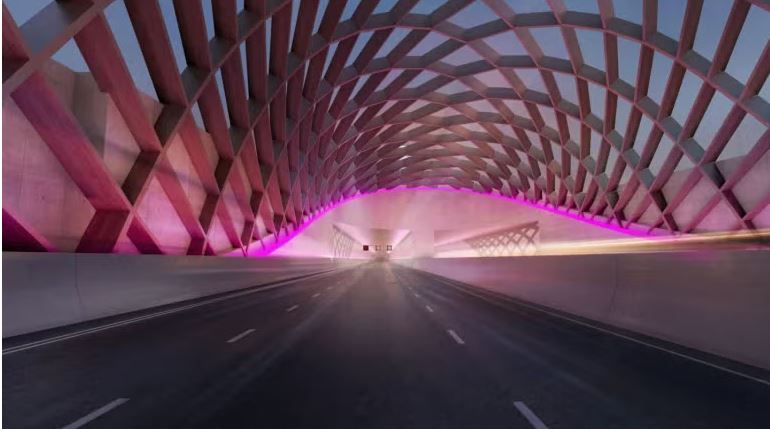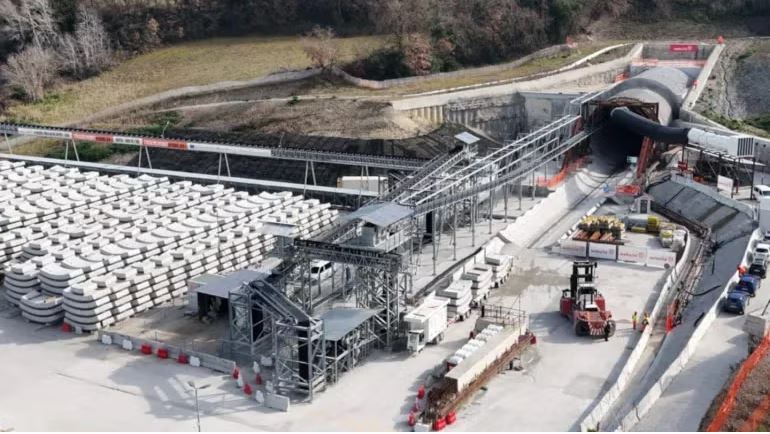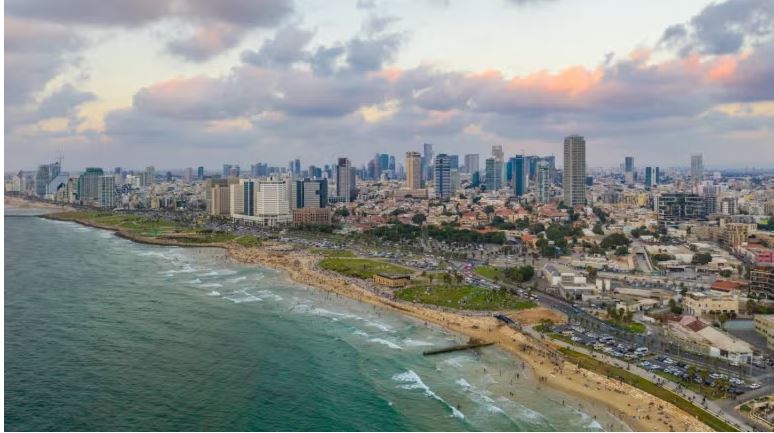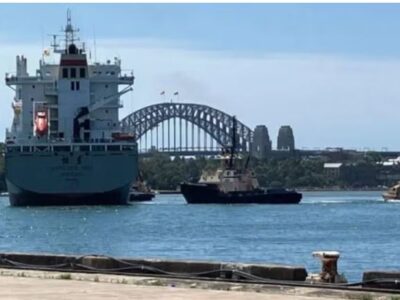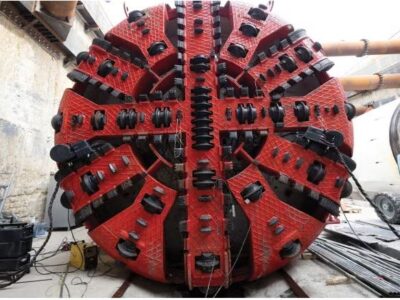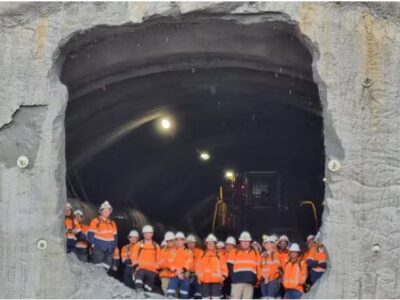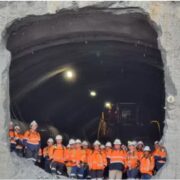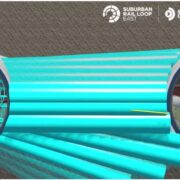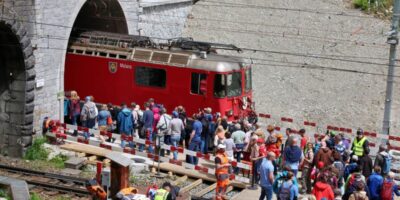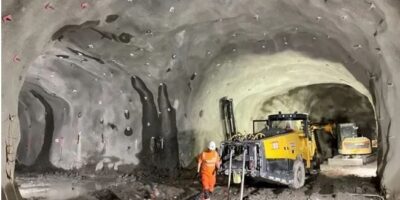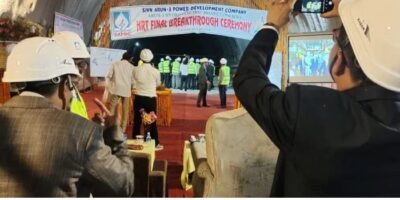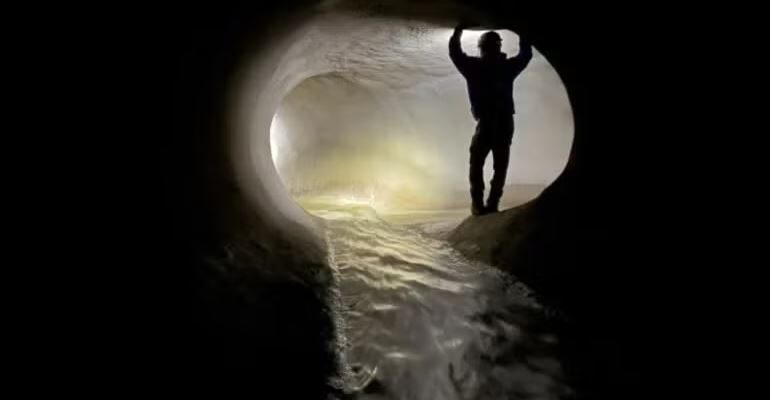
The repairing process on a 2.75m diameter, 140-year-old sewer tunnel in Washington DC, has been completed by DC Water.
Being implemented in two phases, construction on the sewer tunnel on 22nd Street Northwest took almost a year and, whereas the second phase was completed one month ahead of schedule and under budget.
As part of the Northwest Boundary Trunk Sewer, the tunnel section was built in the 1800s and during an inspection in previous year a 4m long by 0.3m wide void in the soil above the tunnel revealed which was in danger of collapse.
Additionally, significant structural issues were identified, as well as issues upstream and downstream from the emergency repair. These included longitudinal cracks, missing cobblestones and bricks, and root penetration.
Considering that throughout the repair works the sewer pipe remained active, with combined stormwater and sewer debris flowing through, construction, sometimes 24 hours a day, seven days a week, posed challenges for crews working two storeys below ground in difficult conditions and work had to stop when heavy rain inundated the system.
Including reinforcing the sewer tunnel and stabilising the soil around the initial void, this work required injecting grout into the soil, framing the walls with rebar, and using high-pressure spray-applied shotcrete and geopolymer from 10cm to as much as 23cm thick. This involved installing 139,000 linear feet of rebar; 25,450 rebar anchors; 28 tons of shotcrete; and 459 tons of geopolymer.
The date of commencing emergency repairs was July 2024 as part of the first phase of the project which involved stabilising the soil and reinforcing the tunnel around the initial void. Thanks to the additional inspections, more structural deficiencies were identified that required a second phase to repair more than 366m feet further upstream and downstream.
Operating around 3,220km of combined, separate, and stormwater sewers is up to DC Water, while addressing aging water and sewer infrastructure throughout the district is a critical part of the 10-year, US$9.6bn Capital Improvement Programme. This includes replacing or rehabilitating similar large diameter sewer lines that have reached the end of their useful life.


